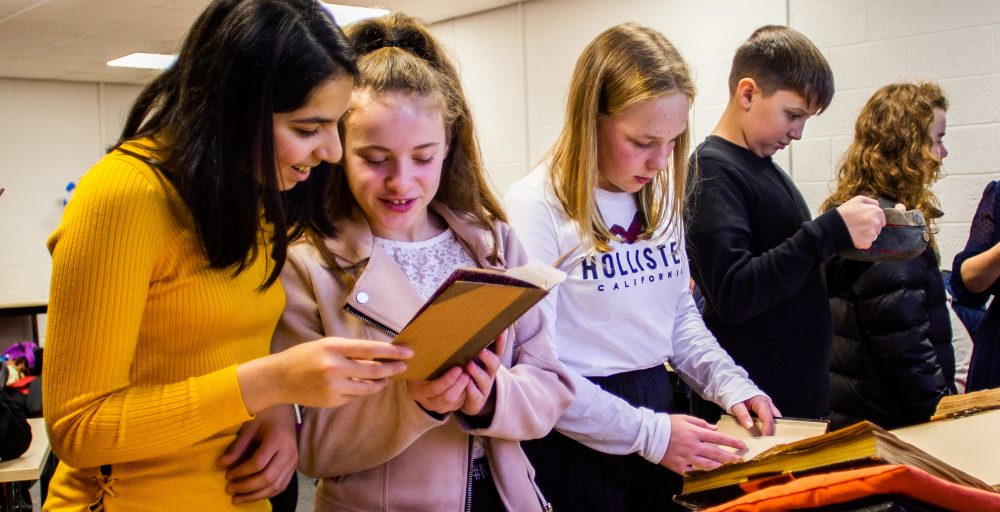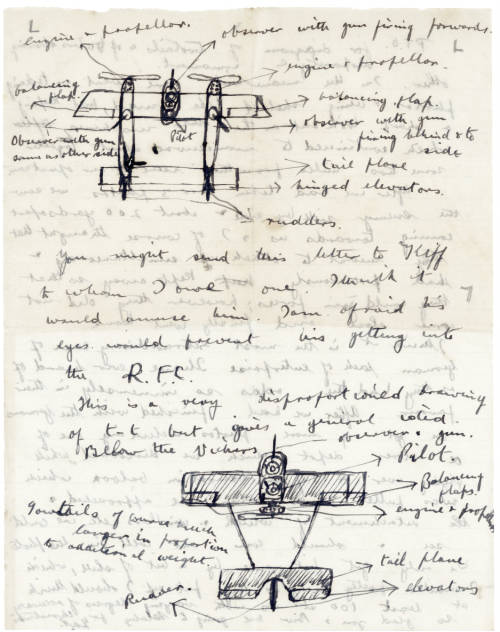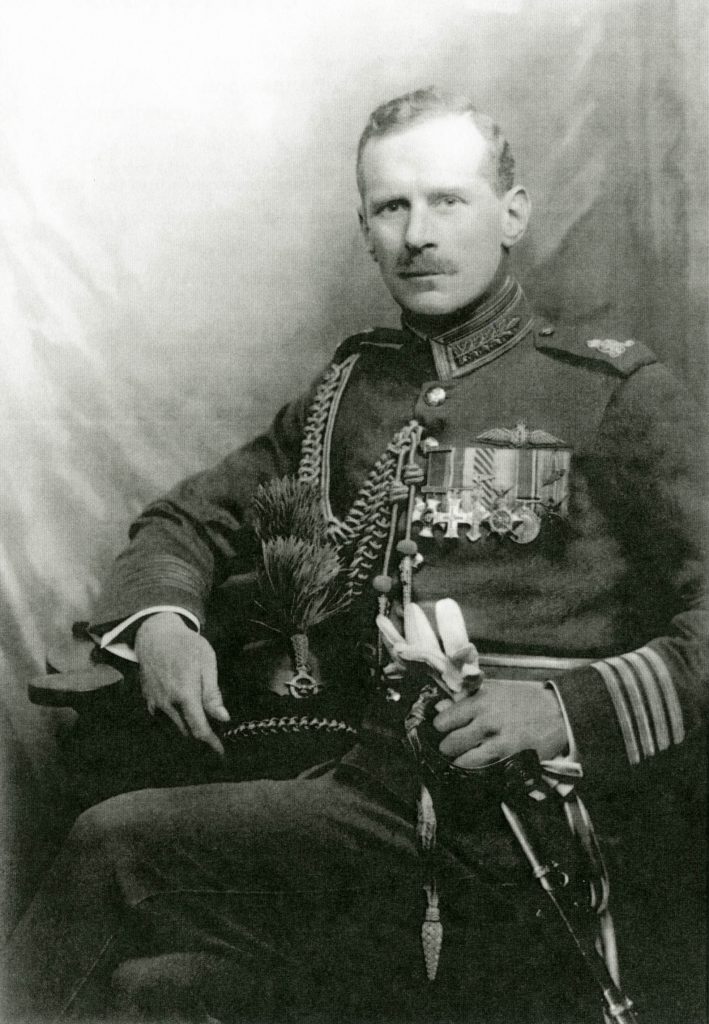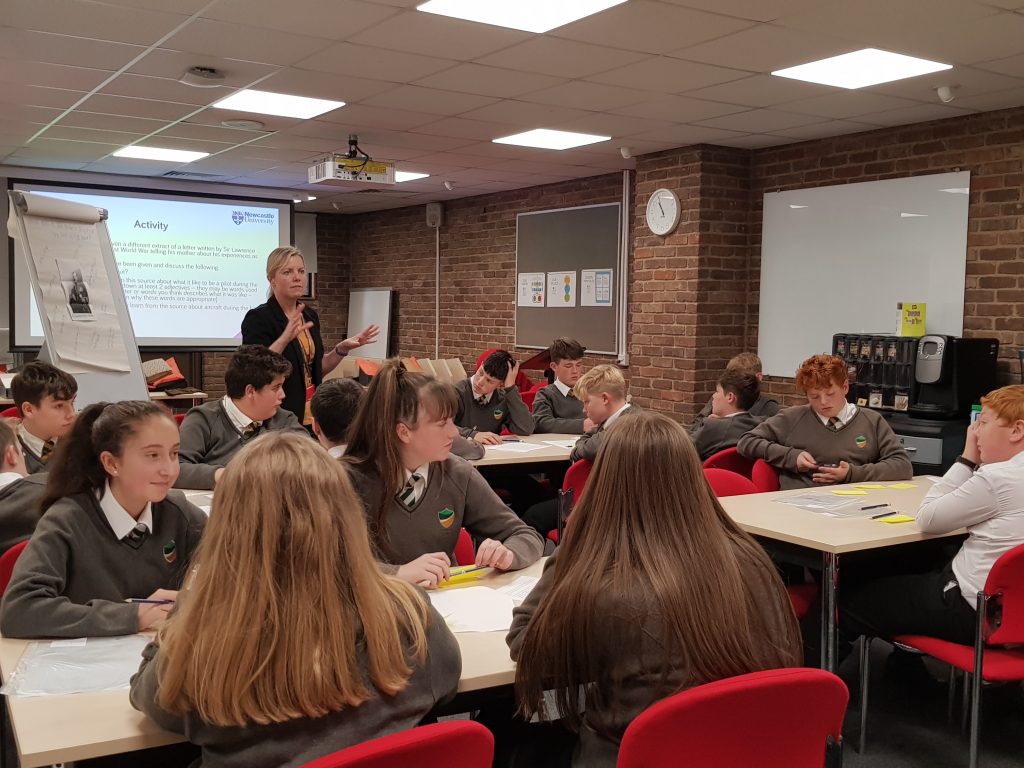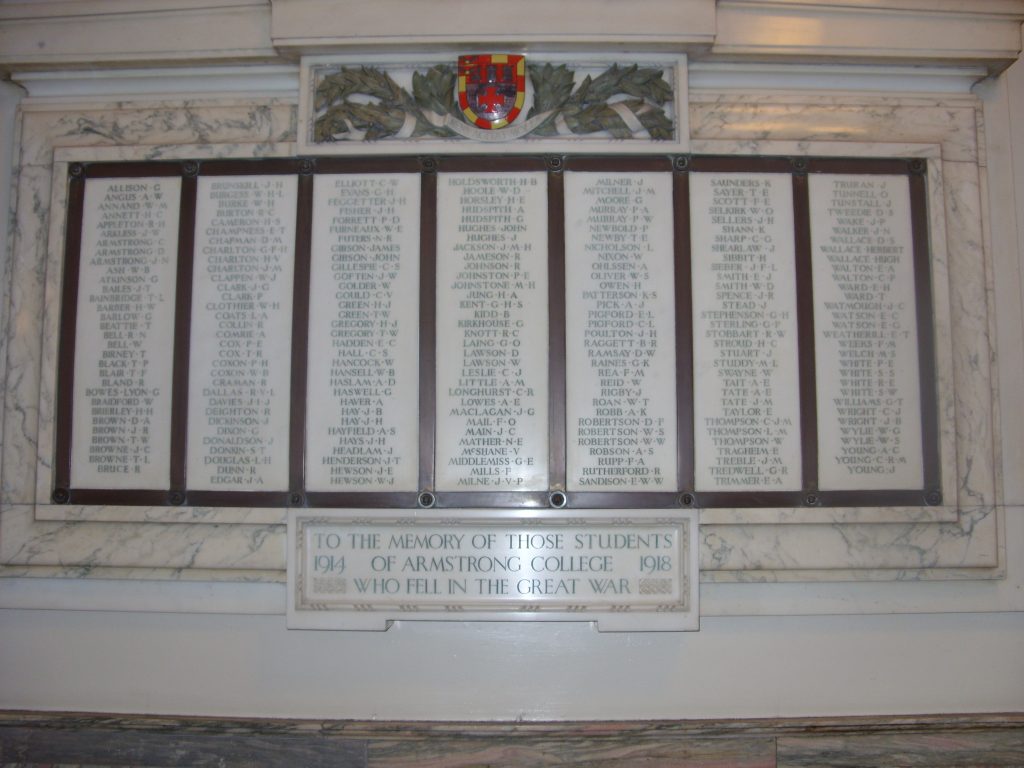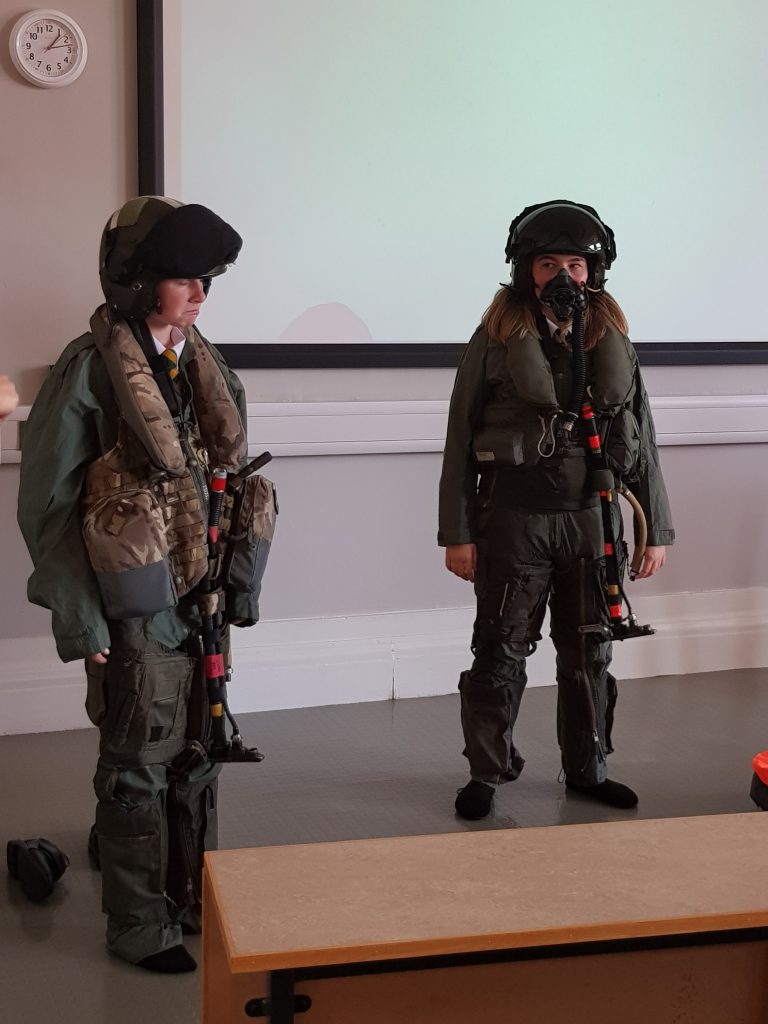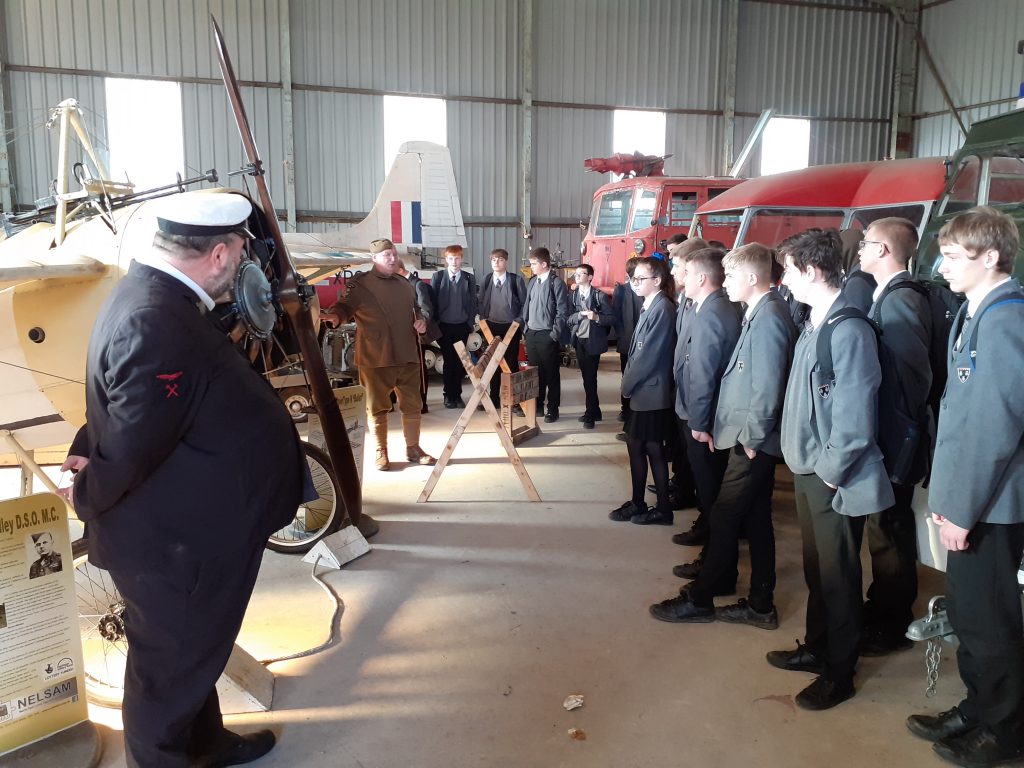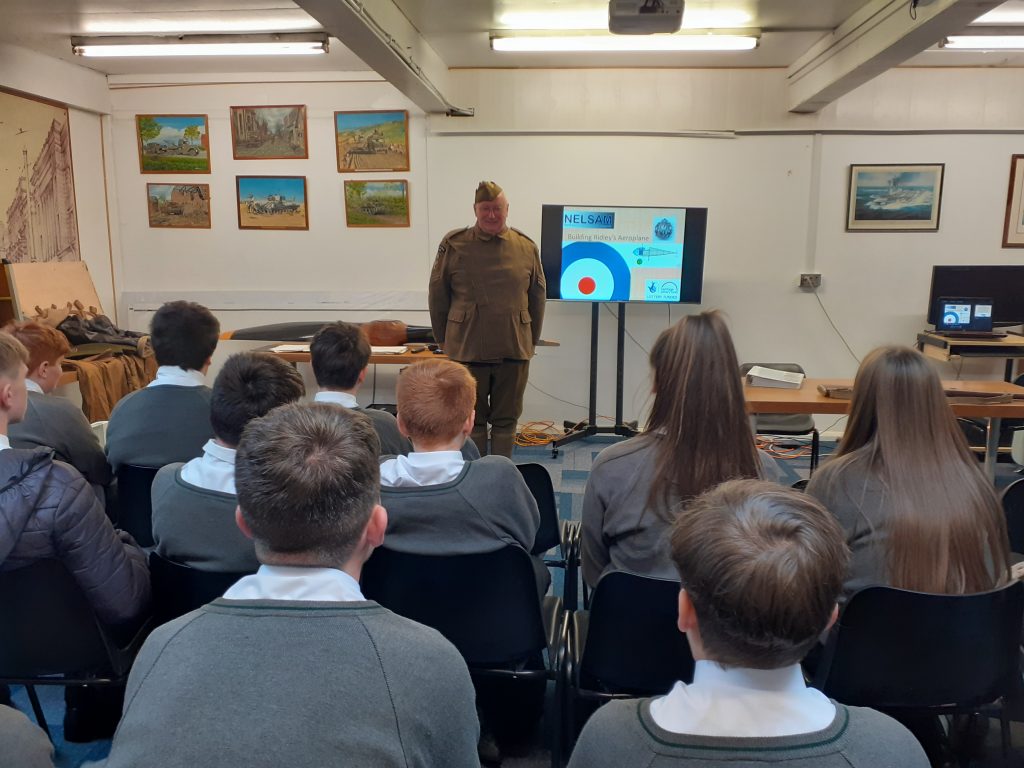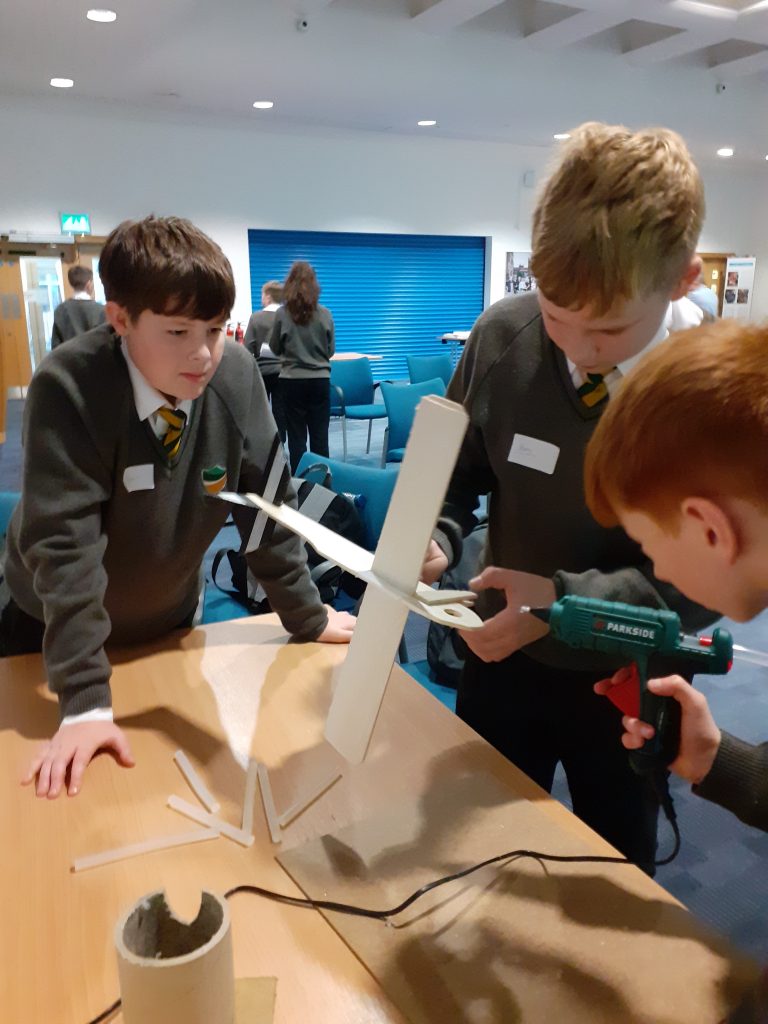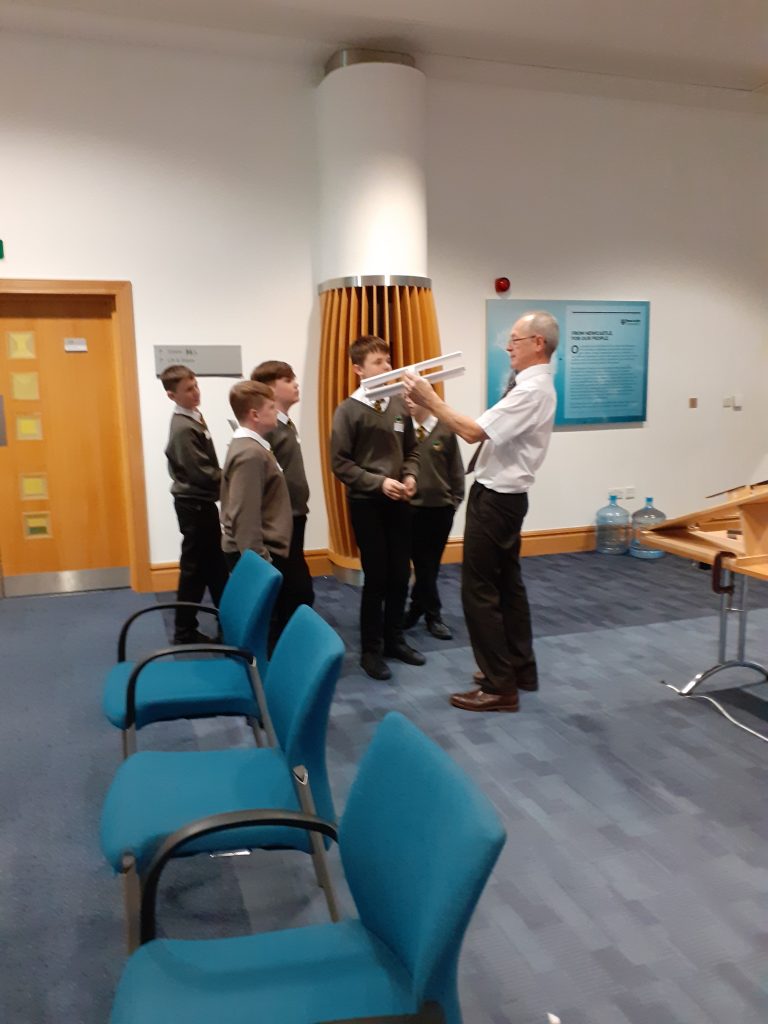“It was fun”, “It was really fun”, “I really enjoyed it”, “When you’re learning things, but you do it in a fun way you learn more”. These are just a few of the comments from Ponteland High School’s Year 8 students, who took part in an Education Outreach Project with Newcastle University Library. Teaming up with The National Civil War Centre (located in Newark), this was our first long distance project involving a school local to ourselves and one in Newark.
Taking inspiration from our Special Collections (this time our Civil War Tracts), we worked with two classes of Year 8 students from Ponteland and Newark. We challenged them to conceive, write and perform a play inspired by the archives on the sieges of Newcastle and Newark during the English Civil War.
For both schools, day one began with a visit to Newcastle University’s Special Collections. Professional evaluation (which was undertaken to measure the impact of the project), highlights many students commented that this was “their favourite part of the whole project”, and it was ‘really cool’. One student summed it up by saying “I liked looking at the old stuff”; whilst another commented “you know that these things happened, but it makes it more real seeing them…”. The students then experienced other parts of the campus; enjoying a lecture from Dr Rachel Hammersley (from the School of History), along with a comics workshops (based on the political comics in the Civil War Tracts) led by Lydia Wysocki of Applied Comics Etc.
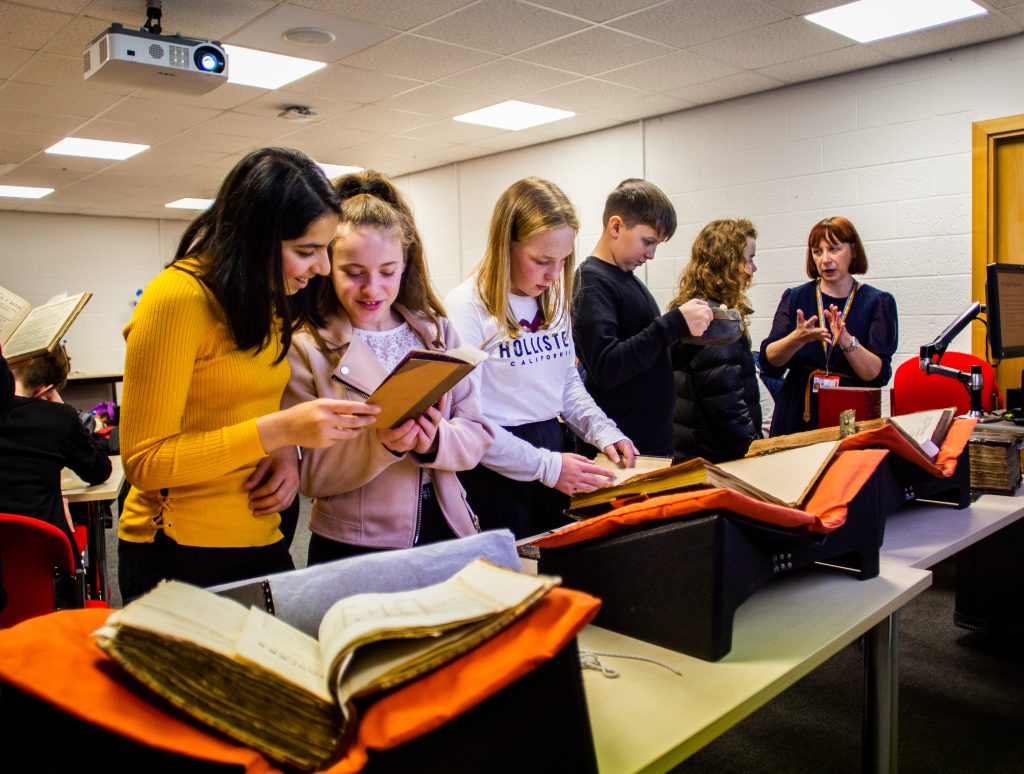
Being a collaborative, distanced project, both schools worked separately on their play. Ponteland High school worked with ourselves, the Time Bandits (historical re-enactment group) and Cap-a-Pie theatre company. Uniquely the students were given a week off normal timetable to focus on the project. This meant Cap-a-Pie took the students on an amazing journey, ensuring all the script, soundscapes and directions were developed by the students. Consequently, the students felt a sense of ownership over their work, with one teacher commenting “You can see how engaged they are – it’s brilliant”. Newark Academy worked with The National Civil War Centre’s Learning and Participation team, committing to rehearsals after school, and created their own separate play based on one of the three sieges of Newark. One of the benefits of the project was the excellent links it created and cemented between the local secondary school and the museum, with both sides firmly committing to build upon this in the future.
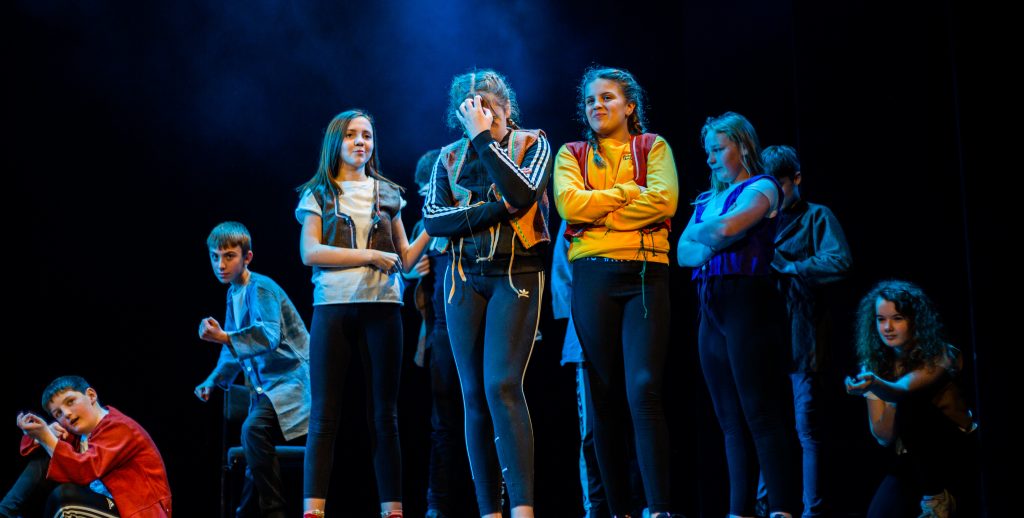
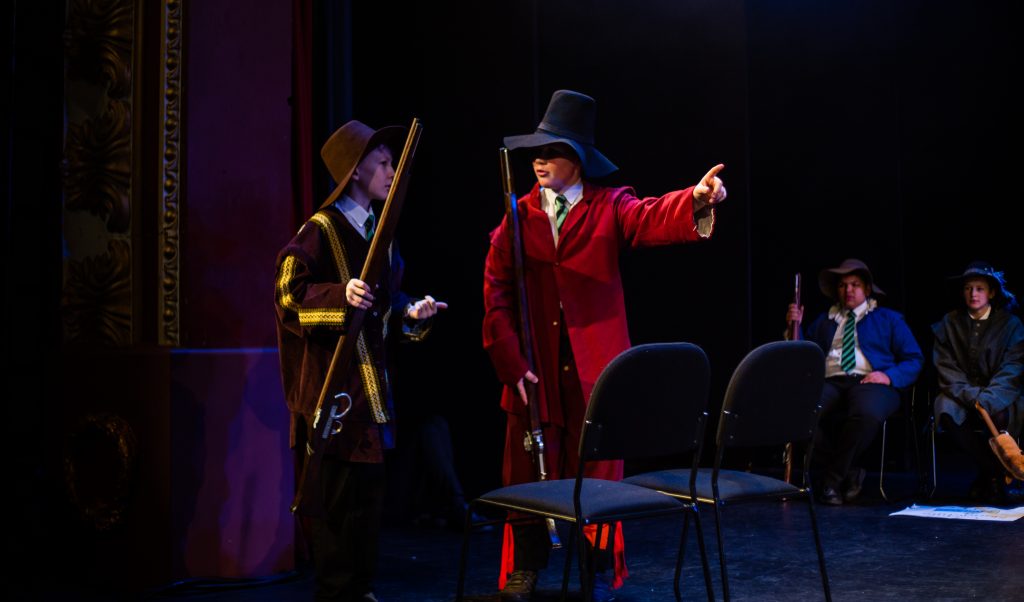
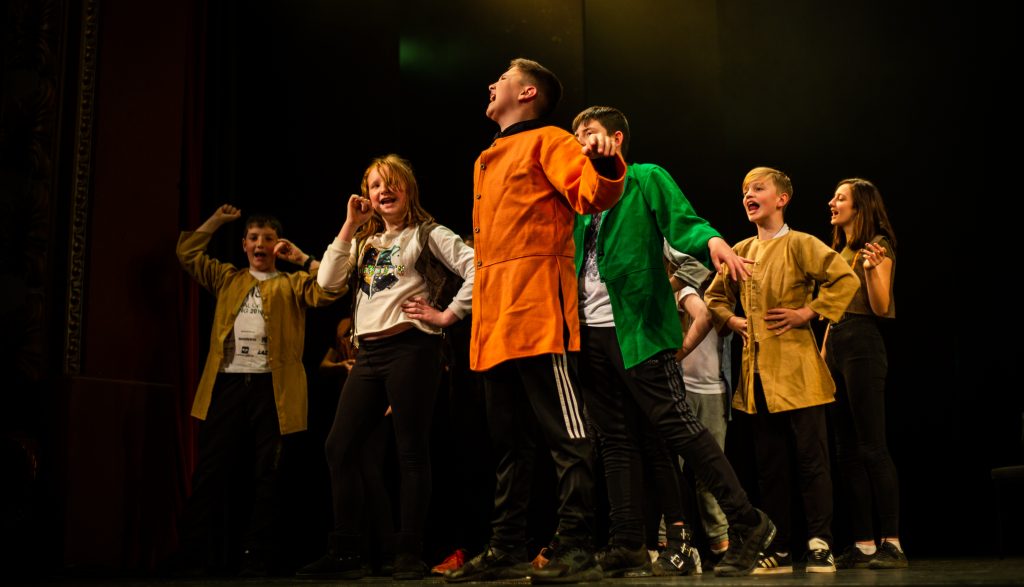
To bring the project together and celebrate the student’s success, both schools visited The National Civil War Centre where they took part in an education workshop on warfare during the Civil War. They then had the amazing opportunity to perform their play to each other on a professional stage at the Newark Palace Theatre. As their teacher commented “Opportunities like this are brilliant – they’ll remember this for years and years”.
The joint video shows the highlights for both schools and the two separate videos trace the journey taken by each school during this project.
We’d like to say a huge well done to all the students who took part for their hard work and enthusiasm which resulted in two great performances!
For more information about the services offered by the University Library Education Outreach Team please visit our website: https://www.ncl.ac.uk/library/services/education-outreach/
